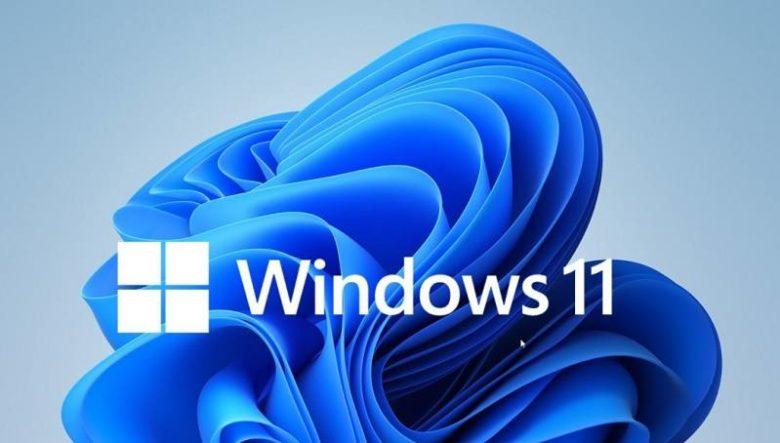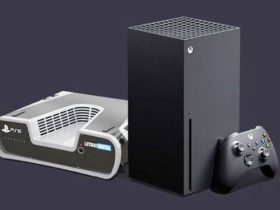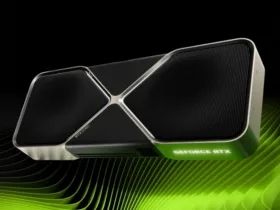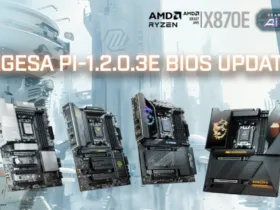Microsoft has released a new optional KB5012643 update for Windows 11. The update resolves several issues including issues with video subtitles, changing the taskbar’s display of temperature, and enhancing the Secure Boot system feature. Additionally, this update improves performance by fixing a memory leak and issue with the maximized app window buttons. If you’re experiencing any of these problems, you should download the new update. Microsoft has detailed the changes in the KB5012643 changelog.
This patch is available to Windows 11 users who are on a Microsoft-licensed version of the operating system. It affects systems running Windows Enterprise and a number of other products. For example, Windows Enterprise subscribers are impacted by this security issue, which will be resolved in a future update.
How to Download Windows 11 KB5012643 Update?
To download the latest KB5012643, install it and follow the instructions. If you’re not on a Windows subscription, you can also download the patch from Microsoft’s website or follow the steps below.
Go to Settings > Update & Security > Windows Update. In the Optional updates available area, you’ll find the link to download and install the update.
Download Links for Windows 10 KB5011831
- Windows 10 KB5011831 Direct Download Links
Windows 11 KB5012643 fixes a non-paged pool issue that could cause a server to lock up. The update also addresses another problem related to the AppX Deployment Service, which prevented it from working properly when installing MSIX applications.
Additionally, Microsoft has improved Autopilot client and TPM to improve their performance when used in self-deployment scenarios. Finally, the new patch fixes a bug that caused Windows to report excessive memory usage.
Microsoft is actively working to improve Windows 11. To test new features, Microsoft regularly rolls out public preview builds of the operating system. Windows Insider Program members can also participate in a limited program to test out upcoming features.
Long-term support milestones will only receive critical updates and may contain a number of issues. You’ll want to keep an eye out for this update if you’re running Windows 11 Enterprise.
Windows 10 KB5012643 (Build 22000.652) Full Changelog
Highlights
- Updates an issue that might cause video subtitles to be partially cut off.
- Updates an issue that incorrectly aligns video subtitles.
- Displays the temperature on top of the weather icon on the taskbar.
- Updates an issue that prevents you from using the minimize, maximize, and close buttons on a maximized app window.
Improvements
This non-security update includes quality improvements. Key changes include:
- New! Adds improvements for servicing the Secure Boot component of Windows.
- Addresses an issue that causes the AppX Deployment Service (AppXSvc) to stop working after you install certain MSIX apps.
- Addresses a race condition that occurs early in the startup process that might cause a stop error.
- Improves the Autopilot client to process updated Trusted Platform Module (TPM) capabilities that support self-deployment and pre-provisioning scenarios.
- Changes the timeout for Azure Active Directory (Azure AD) registration from 60 minutes to 90 minutes for hybrid Azure AD-joined Autopilot scenarios. This also addresses a race condition that causes an exception at timeout.
- Addresses an issue in which certain Point of Sale terminals experience occasional OS startup delays during restart of up to 40 minutes.
- Addresses a memory leak issue that affects Windows systems that are in use 24 hours each day of the week.
- Addresses an issue that affects the Dynamic Host Configuration Protocol (DHCP) option 119 (Domain Search Option) by preventing the use of the connection-specific DNS Suffix Search List.
- Addresses an issue that affects the Title attribute in Microsoft Ege IE mode.
- Addresses an issue in which mobile device management (MDM) policies were not allowed on Windows Enterprise editions that were upgraded to Enterprise using Azure AD-joined subscription entitlement.
- Addresses an issue that might cause video subtitles to be partially cut off.
- Addresses an issue that incorrectly aligns video subtitles.
- Addresses an issue that causes Kerberos authentication to fail, and the error is “0xc0030009 (RPC_NT_NULL_REF_POINTER)”. This occurs when a client machine attempts to use the Remote Desktop Protocol (RDP) to connect to another machine while Remote Credential Guard is enabled.
- Addresses an issue that causes Windows to go into BitLocker recovery after a servicing update.
- Addresses an issue that prevents retrieval of the Endorsement Key (EK) certificate from the TPM device.
- Addresses an issue that might fail to copy the security portion of a Group Policy to a machine.
- Addresses an issue that prevents the instantiation of the Microsoft RDP Client Control, version 11 and higher, inside a Microsoft Foundation Class (MFC) dialog.
- Displays the temperature on top of the weather icon on the taskbar.
- Addresses an issue that prevents you from using the minimize, maximize, and close buttons on a maximized app window. This issue occurs because the Notification Center keeps the input focus.
- Addresses an issue that might occur when you use Netdom.exe or the Active Directory Domains and Trusts snap-in to list or modify name suffixes routing. These procedures might fail. The error message is, “Insufficient system resources exist to complete the requested service.” This issue occurs after installing the January 2022 security update on the primary domain controller emulator (PDCe).
- Addresses an issue that causes the primary domain controller (PDC) of the root domain to generate warning and error events in the System log. This issue occurs when the PDC incorrectly tries to scan outgoing-only trusts.
- Addresses an issue that occurs when you map a network drive to a Server Message Block version 1 (SMBv1) share. After restarting the OS, you cannot access that network drive.
- Addresses an issue that affects an SMB multichannel connection and might generate a 13A or C2 error.
- Addresses an issue that damages a pool when a Client-Side Caching (CSC) cleanup method fails to delete a resource that was created.
- Addresses an issue that might cause the server to lock up because the nonpaged pool grows and uses up all memory. After a restart, the same issue occurs again when you try to repair the damage.
- Reduces the overhead of resource contention in high input/output operations per second (IOPS) scenarios that have many threads contending on a single file.














Leave a Reply